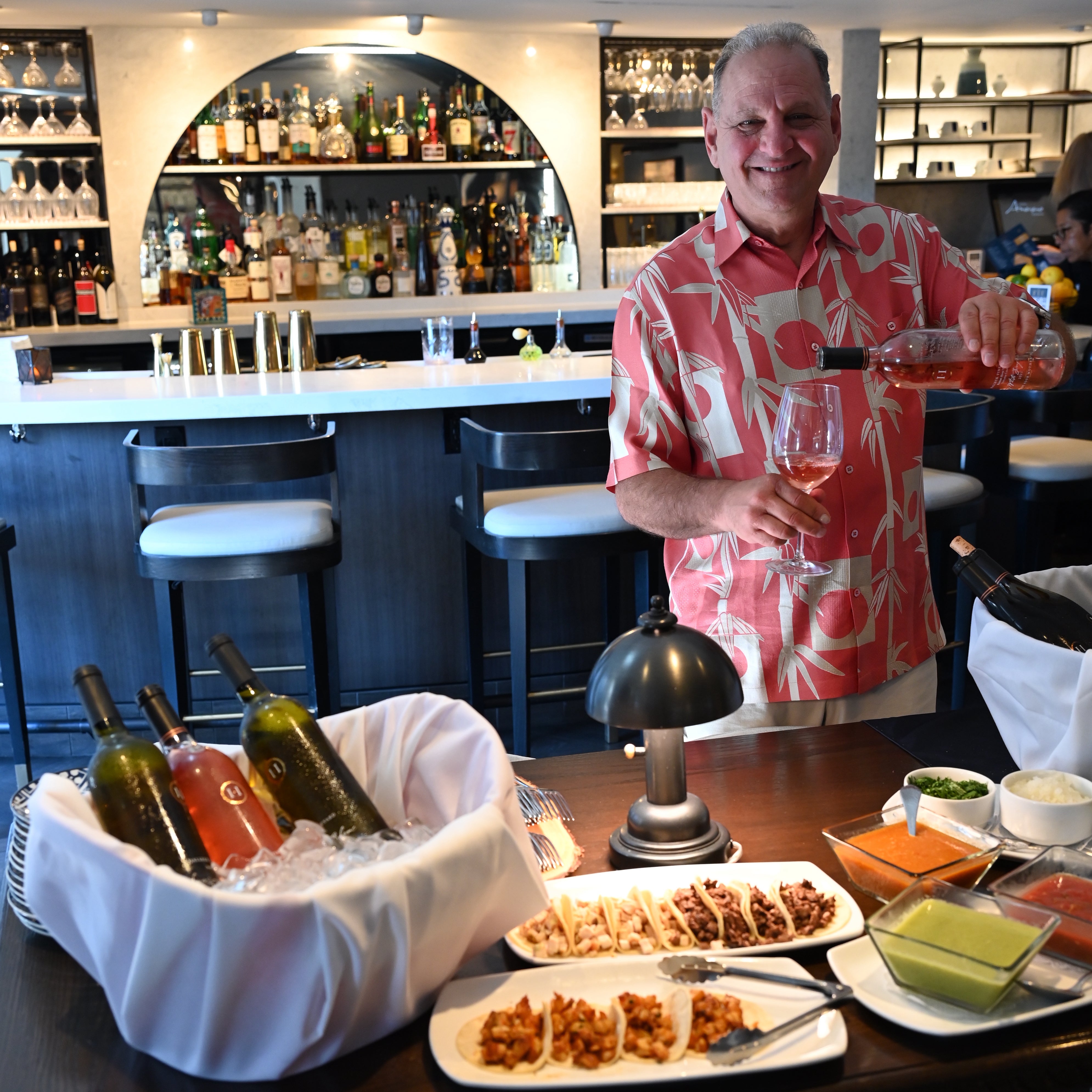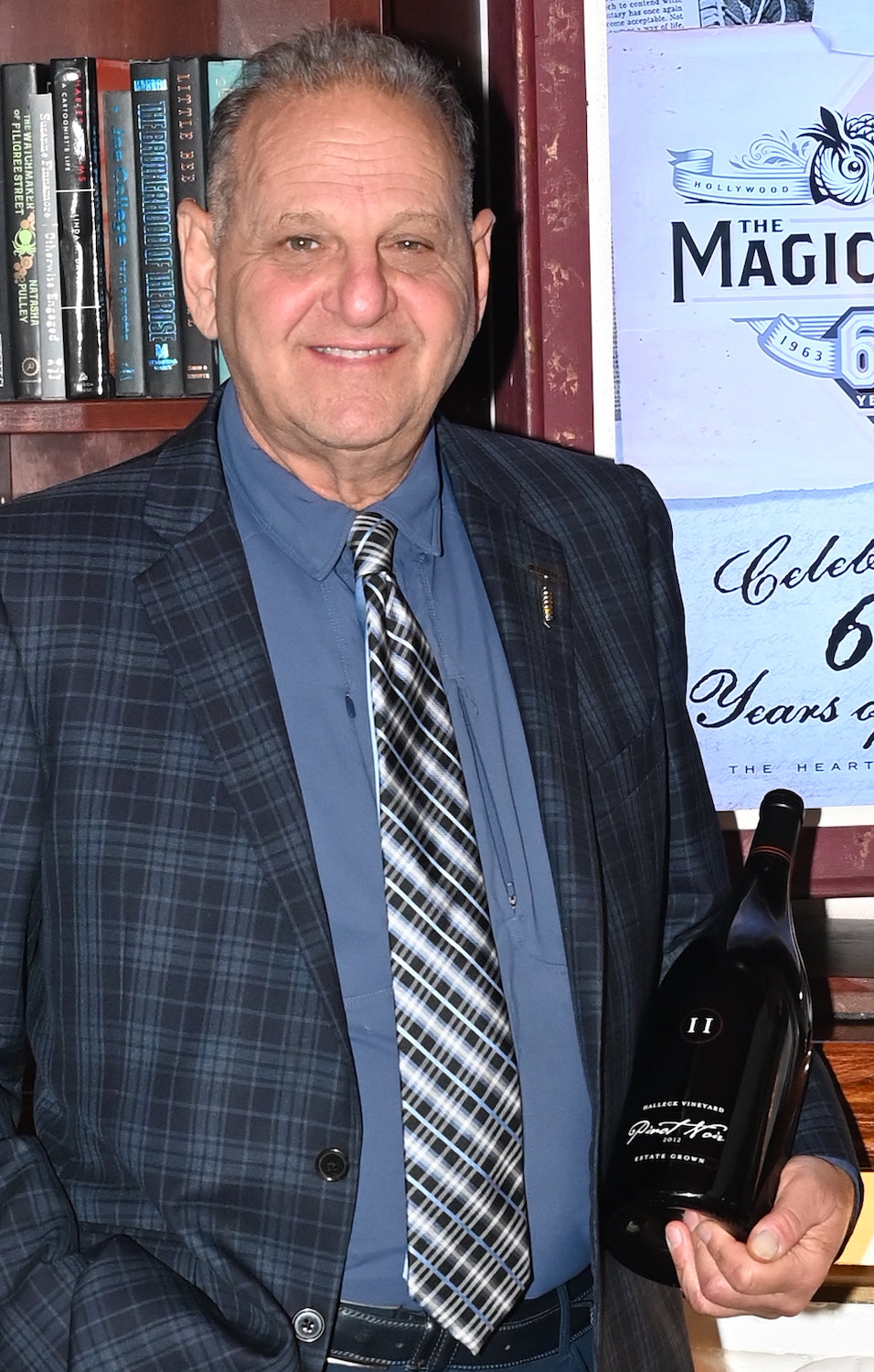Best Chardonnays From Sonoma Winemakers - Discover Sebastopol's Wine Scene
Best Chardonnays From Sonoma Winemakers - Discover Sebastopol's Wine Scene
Blog Article
Wineries With Unique Wine Blends - Sonoma Wine Tasting Recommendations
Wine tasting is an art that combines sensory experience with an appreciation for the nuances of various varietals. How to judge flavors in winery wine tasting classes is pivotal to grasping the complexities of wine.
Participating in a wine tasting entails more than merely sipping and savoring. It requires a centered method to establish aromas and flavors that every wine presents. As you begin, observe the wine's appearance, noting its shade and readability. These visible cues often suggest a wine’s age, grape selection, and even potential flavor profiles.
The next step in the tasting course of is to swirl the wine in your glass. This action releases aromatic compounds which are very important for analysis. Lean in and take a second to inhale deeply; the aromas can range from floral and fruity to spicy and earthy. The nose of the wine is just as important as the palate, and recognizing scents plays a major position in understanding the general experience.
When taking your first sip, enable the wine to move across your palate - Wineries Offering Private Events. Notice the initial flavors that current themselves. Is the wine fruity, floral, or perhaps herbaceous? This preliminary taste gives insight into what the wine is prone to categorical as you continue to evaluate it. The mouthfeel additionally contributes to the overall flavor experience; it might be silky, tannic, or even effervescent.
Innovative Wine-Making Techniques In Sonoma Valley - Vineyards In The Sonoma Region
As you proceed tasting, pay attention to the wine’s stability. A well-balanced wine will harmonize acidity, sweetness, and tannins. If one component overwhelms the others, it would point out a less fascinating quality. Evaluating steadiness can help you establish how nicely the wine would possibly pair with food.
Transitioning to the finish, consider how the flavors evolve as the wine lingers in your palate. A long, pleasant finish can indicate a high-quality wine, while a brief or abrupt end might counsel in any other case. Reflect on whether the flavors remain consistent or if new notes emerge because the wine settles. This progression can reveal complexities and intricacies that might not have been obvious within the preliminary tasting.
Temperature is also a crucial factor in evaluating wine flavors. Totally Different types of wine are optimally enjoyed at particular temperatures. White wines often shine when chilled, while purple wines typically carry out best at room temperature. When tasting, make sure the wine is at the applicable temperature to fully recognize its character.
Wine Tasting Tours In Russian River Valley - Explore Sebastopol Area Vineyards
Pairing food with wine can greatly enhance the tasting experience. Foods can influence the perception of flavors in wine, both highlighting sure traits or diminishing them. When evaluating flavors, consider how the wine interacts with completely different foods, noticing which flavors are amplified or muted (Wineries With A Focus On Syrah).
Think About the influence of terroir as you interact in a winery tasting. Terroir encompasses the unique environmental components that affect grape rising, including soil composition, climate, and geography. Understanding a wine's terroir can present perception into its flavors and aromas, fostering a deeper appreciation for the choices made during its cultivation and manufacturing.
Schooling performs a basic position in enhancing one's capacity to evaluate wine flavors. Learning about grape varieties, wine regions, and manufacturing methods can pave the greatest way for extra informed judgments during tastings. Additionally, attending workshops or classes can refine sensory skills and expand your flavor vocabulary, enabling you to articulate tasting notes more effectively.

Lastly, it is important to remember that evaluating wine flavors is a highly personal experience. Particular Person preferences and perceptions will invariably form one’s tasting journey. Enjoyment must be on the forefront, with the evaluation process appearing as a tool to boost understanding and appreciation rather than create inflexible pointers.
Wineries With Artisan Chocolate Pairings In Sonoma - Vineyards Near Sebastopol
In conclusion, mastering tips on how to consider flavors in winery wine tasting sessions includes a combination of sensory engagement, data, and practice. By learning to establish aromas, assess the steadiness, and recognize the intricacies of flavor, wine enthusiasts can deepen their connection to every bottle they encounter. As with any art kind, the extra one immerses themselves within the experience, the extra they'll uncover and enjoy the vast world of wine.
- Begin by observing the wine's colour and clarity, as these visible parts can hint at its flavor profile and getting older potential.
- Swirl the wine gently in your glass; this releases aromatic compounds, permitting you to higher identify the advanced scents related to the wine.
- Take a deep inhale before tasting, focusing on both major and secondary aromas to assemble insights on fruits, spices, and other nuances.
- When tasting, enable the wine to coat your palate; note the preliminary flavors, the mid-palate complexity, and the end as these stages can present totally different flavor highlights.
- Pay consideration to texture and mouthfeel, as features corresponding to tannin ranges, acidity, and sweetness contribute considerably to the overall tasting experience.
- Compare flavors against standard wine characteristics; for red wines, think about berry notes, oak affect, and herbal tones, while whites might embrace citrus, stone fruits, and floral hints.
- Take notes through the tasting session to trace your impressions, helping you to recollect and consider the completely different wines sampled.
- Discuss your findings with fellow tasters or winery staff, as sharing insights can improve understanding and appreciation of particular person flavors.
- Permit time for the wine to breathe; sometimes, flavors evolve and reveal new dimensions after being exposed to air.
- Experiment with food pairings during the tasting as they will dramatically alter how flavors are perceived, influencing general enjoyment.undefinedWhat should I search for when evaluating the aroma of wine during a tasting?
Begin by swirling the wine in your glass to launch its aromas. Bring the glass to your nostril and take a deep breath. Pay consideration to the first scents his comment is here you detect, as these are often the most outstanding. Look for fruit, floral, herbal, or earthy notes and try to establish particular traits, which can deepen your understanding of the wine's complexity.
Intimate Wine Tasting Experiences In Sonoma - A Visit To Sebastopol Wineries

How can I distinguish between different flavor profiles in wine?
Perceive that flavor profiles are sometimes categorized as fruit, floral, herbaceous, spicy, or mineral. Take small sips and permit the wine to coat your palate. Notice the first flavors that emerge first and the refined notes that observe. This layering is important in distinguishing the wine's traits and will allow you to recognize its distinctive profile.
Historical Wineries To Visit In Sonoma - Sonoma Wine Tastings
What is the importance of the wine's texture in a tasting?

The texture of the wine, also referred to as mouthfeel, plays a vital position in how we perceive flavors. Pay attention as to whether the wine feels easy, creamy, or gritty. The physique of the wine (light, medium, or full) can enhance or distinction with flavors, providing a extra rounded experience throughout tasting.
How do I assess the steadiness of flavors in wine?
Steadiness in wine refers back to the harmony between acidity, sweetness, tannin, and alcohol. Take a moment to evaluate whether these components complement or intrude with each other. A well-balanced wine could have none of its parts overpowering the others, creating a nice tasting experience.
Beautiful Picnic Areas At Sonoma Wineries - Best Wineries For Wine Tasting Sonoma Area
What position does temperature play in evaluating wine flavors?
Temperature can significantly impact the perception of flavors. Typically, pink wines are greatest served barely beneath room temperature, while white wines take pleasure in being chilled. As the temperature adjustments, the aromas and flavors can shift, permitting you to perceive different traits. It’s essential to taste wine at its optimum temperature for true evaluation.
Innovative Wine-Making Techniques In Sonoma Valley - Best Vineyard Visits In Sonoma
How can I improve my tasting skills over time?
Practice is vital to improving your tasting skills. Wineries Providing Guided Vineyard Walks. Attend tastings, maintain a journal of your experiences, and discover various varieties of wines to broaden your palate. Additionally, learning about wine manufacturing and grape varieties can provide context that enhances your analysis process, making you a more knowledgeable taster.
Is there a specific order during which I should style the wines?
Wineries Perfect For A Relaxing Afternoon - Sebastopol Area Wineries Offering Wine
Sure, it’s advisable to style wines from light to full-bodied and dry to candy. This progression prevents the stronger flavors from overshadowing the extra delicate ones, allowing you to totally appreciate each wine's traits and nuances with out palate fatigue.
How can I consider the aftertaste of wine?
Wineries Featuring Seasonal Wine Events In Sonoma - Discover Sebastopol's Wine Scene
The aftertaste, or end, is an important side of the wine-tasting experience. After swallowing, take note of how lengthy the flavors linger in your palate and whether or not they change. A long, pleasant end is usually an indicator of a high-quality wine, whereas a brief or unpleasant end could recommend otherwise.
Why is it necessary to note the wine’s acidity throughout tasting?
Acidity contributes to the overall freshness and structure of the wine. Pay attention to the tingling sensation in your tongue; larger acidity can enhance the wine's liveliness and stability out sweetness. Noting acidity helps determine the wine's versatility with food and its aging potential.
What should I do if I battle to establish specific flavors in wine?
Exclusive Wine Clubs In Sonoma - Vineyard Tours In Sebastopol
Struggling to identify flavors is widespread, particularly for novices. Focus on broader classes and describe what you'll look at here have the ability to acknowledge, corresponding to candy or earthy notes. With practice, studying about totally different flavor profiles, and maybe using flavor wheels, you'll refine your senses and develop a extra nuanced method to tasting. Report this page